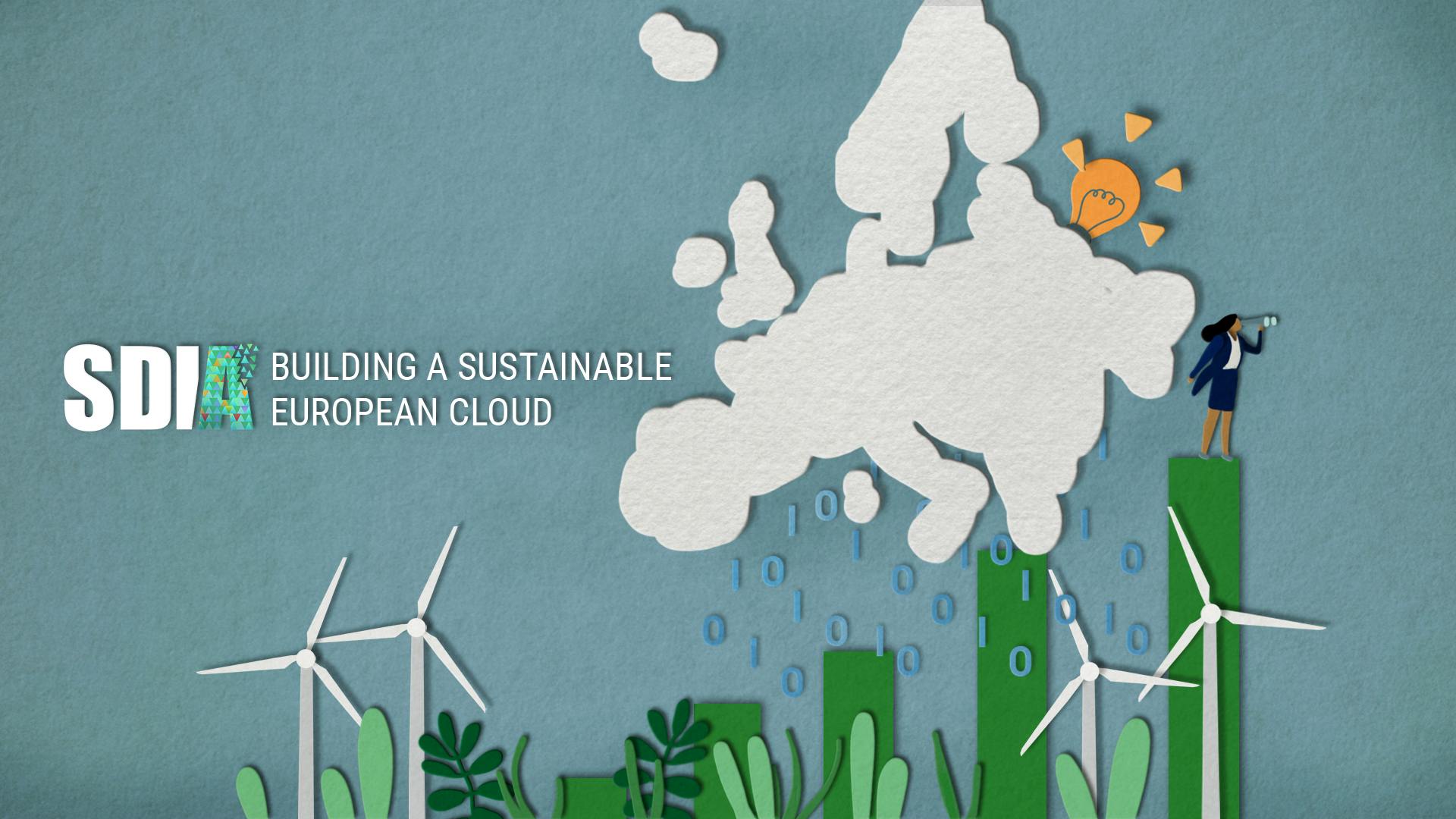The following piece is a personal opinion of Lasse Schneppenheim. It does therefore not necessarily reflect the scope or direction of the SDIAs' positions.
Just a few weeks ago the first companies in Europe started to close down due to cases of Coronavirus. Wherever possible employees now stay at home and work remotely. Not everybody can. Some have jobs that require physical presence. Others do not have systems and processes in place that allow working from home. For those who can it’s their responsibility to maintain operations and to keep the lights on to support our economy.
In times like these we can see the vulnerability of our society. What currently saves us, besides the people working in critical jobs like healthcare, is our well functioning digital infrastructure. It allows us to stay informed, socialize virtually, work remotely and keep our most important systems running such as electricity, food supply, logistics and healthcare. It’s our connected devices on the one hand, but even more the global network of data centers that make all of this possible. Can you imagine the consequences that a failure of this infrastructure would have right now?
This is why it’s important to emphasize the importance of well designed digital infrastructure and their resilience at times like these. This infrastructure and its users are now exposed to many threats and challenges:
- Increased traffic; maxing out capacities of services, networks and data center resources
- Increased threat of cyber attacks from people that abuse the situation
- Increased costs for employers to set up remote working environments
- Lack of capacity for researching the pandemic with e.g. computer models
In face of these aspects, we now need to make sure that our infrastructure continues to operate smoothly. Just to name a few examples:
- Online services already report an enormous increase in traffic. Microsoft Teams reports doubling of their users since last November with now 44 million
- Netflix informs that it will reduce the streaming quality to protect the system from collapsing.
- Frankfurt’s internet connectivity hub - one of the largest in Europe - DE-CIX reports an increase of around 10%, a growth that usually comes within 6-12 months. Fortunately there is enough capacity left at the moment.
- Vodafone Germany reports data traffic to be 30% higher than usual on several days in the last week



.jpg?ixlib=gatsbyFP&auto=compress%2Cformat&fit=max&rect=0%2C44%2C600%2C800&w=600&h=800)


